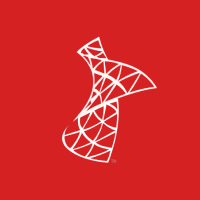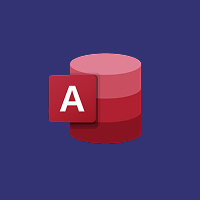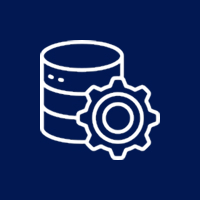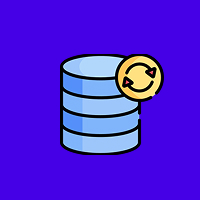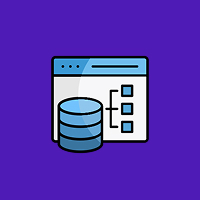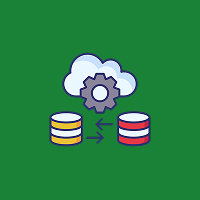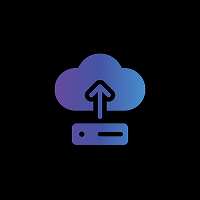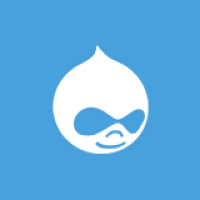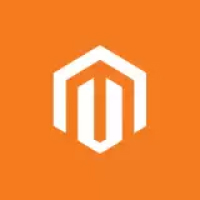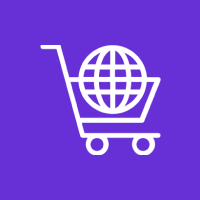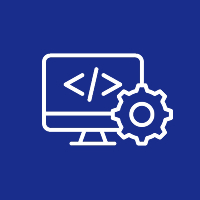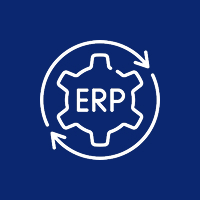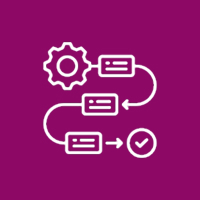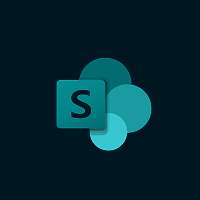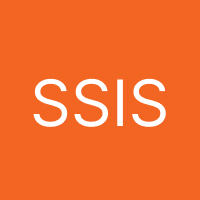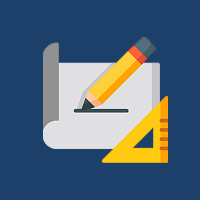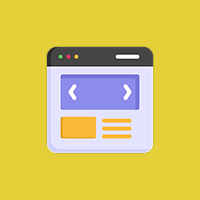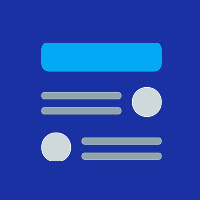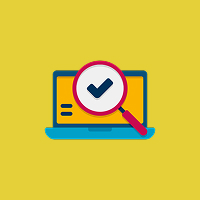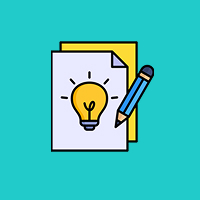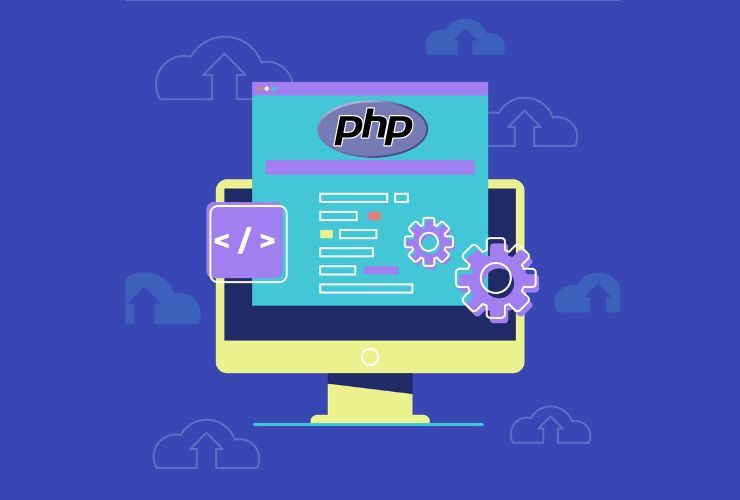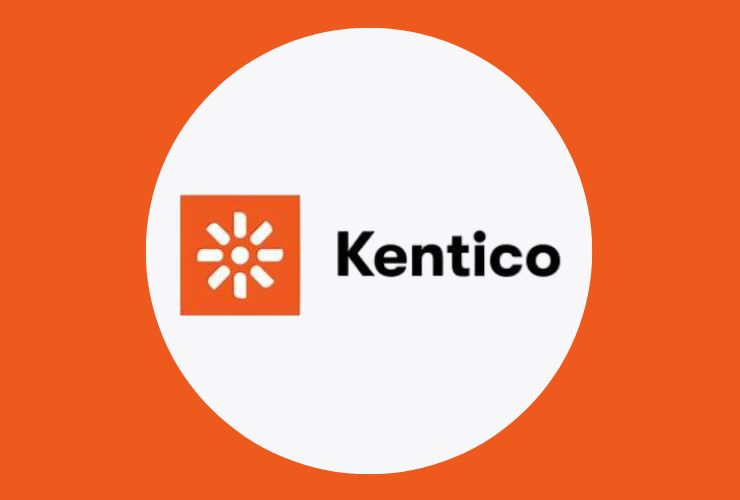With its clean syntax, versatility, and wide variety of libraries, it is no surprise Python has become one of the most used programming languages today. Whether your project involves sophisticated machine learning model building, automating repetitive tasks, or web app development, there are many tools available in Python that can significantly reduce the effort required for a project.
In this article, we will be looking at some of the most powerful and recognized Python libraries in development to help speed up workflows, improve performance, and scale projects.
1. NumPy – The Foundation of Numerical Computing
NumPy is the foundation of scientific computing in Python. It contains a powerful N-dimensional array object, which is useful because it not only allows for creation and understanding of arrays and matrices quickly but it gives you a large assortment of high-level mathematical functions to efficiently operate on these objects.
Use Cases:
- Statistical and mathematical modeling
- Processing signals
- Statistical analysis
- Preprocessing data for machine learning purposes
Because of its speed and ability to integrate with C and/or C++, NumPy is a must have database for applications requiring high performance computational capabilities.
2. Pandas – Data Manipulation Made Easy
This is your one-stop shop library when dealing with tabular structured data. Pandas is an intuitive way to represent data as a DataFrame whereas a DataFrame allows you to quickly and concisely clean, filter, transform, and aggregate your data in just a few lines of code.
Use Cases:
- Time series analysis
- Exploratory data analysis
- Data wrangling for machine learning pipelines
- Financial modeling
Pandas also has great integration with other libraries such as Matplotlib and Scikit-learn.
3. Matplotlib – Effectively Visualizing Data
Data doesn’t matter unless you can derive insightful knowledge from it. Matplotlib is a way to graphically display information for developers and analysts—it allows creators to show data through line plots, bar charts, histograms, and so on.
Key features:
- Publication-quality (high-resolution) plots
- Interactive visualization with additional toolkits like mpl_toolkits or seaborn
- Integration with GUI toolkits and Jupyter notebooks
It’s the backbone of data visualization in Python and often one of the first packages used beside Pandas and NumPy.
4. Scikit-learn – Simple But Powerful Machine Learning Tools
Scikit-learn is a leading machine learning library that provides simple and efficient tools for predictive data analysis—it is built on NumPy, SciPy, and Matplotlib.
Popular features:
- User-friendly interface for classification/regression/clustering
- Feature selection and dimensionality reduction
- Building tools for model validation and integration with pipelines
Scikit-learn is a great library for developers to build and implement ML models in academic and production environments.
5. TensorFlow – Deep Learning at Scale
TensorFlow is developed by Google and is a comprehensive machine learning and deep learning development and deployment framework. With its scalable architecture, you can deploy models to desktops, servers, mobile, and edge devices.
Benefits:
- Allows design, training, and deployment of neural networks
- Strong ecosystem of TensorBoard, TensorFlow Lite, TF Serving
- Easy to integrate into production with TensorFlow Extended (TFX)
TensorFlow’s broad adoption has established it as a standard for enterprises and research.
6. Keras – Fast Prototyping for Deep Learning
Keras is a high-level API running on top of TensorFlow that provides the capability to quickly build neural networks.
Reasons Developers Love It:
- User-friendly syntax to quickly iterate on experiments
- Modular and extensible architecture
- Great resource for those entering the deep learning space
Keras speeds the process up and you do not sacrifice performance.
7. Flask – Lightweight Web Development
Flask is a micro web framework that is simple to use but powerful. Although it doesn’t have many built-in features, its minimalism gives developers the freedom to use the components they want.
Use Cases:
- REST API Development
- Prototyping
- Microservices
Flask is a good choice for small to mid-sized applications because of its out-of-the-box flexibility and ease of integration.
8. Django – Scalable Web Claims
Django is the web framework to use if you are building large web applications. It is based on a “batteries-included”, it has lots of built-in capabilities out of the box.
Key Features:
- ORM (Object Relational Mapping)
- Authentication, user and admin interface
- Scalability and Security
Django saves so much time in development. Instagram, Pinterest are among large companies making use of Django.
9. BeautifulSoup – Simply not CLI scraping
BeautifulSoup is great for parsing HTML and XML documents, written in Python, it is easy to learn and use. It is great for web scraping to extract data from websites.
Key Features:
- Easy to navigate nested HTML/XML tags
- Can be used with parsers like lxml or html.parser
- Good for competitive analysis, data mining or automated reporting
Extensible, easy to read syntax makes it perfect for fast scraping.
10. OpenCV – Make Computer Vision Simple.
OpenCV (Open Source Computer Vision Library) is a powerful open-source library designed for computer vision. It supports a broad range of functionality for image and video processing.
Key Features:
- The library can be used for face detection, object detection, recognition and tracking, etc.
- Camera calibration / 3D reconstruction
- Real-time video analysis
OpenCV interfaces well with deep learning models developed in TensorFlow or PyTorch, which makes it invaluable for any visual applications supported by AI.
11. Requests – HTTP for Humans
The Requests library makes HTTP/1.1 requests easier, more readable and more human friendly than the modules included with Python.
Highlights:
- Easy REST API handling
- Session and cookie processing
- Built-in JSON support
Front-end functionality of your app is going to talk to web services and with Requests you pretty much can’t afford not to use it.
12. PyTorch – Flexible Deep Learning
Originally developed by Facebook’s AI Research lab, PyTorch is known for its dynamic computation graphs and strong pythonic interface.
Benefits:
- More straight forward for research and experimentation
- Accelerate seamlessly with GPU
- TorchScript to deploy your model in production
PyTorch has begun to pick up steam in the AI community, partially due to it’s flexible capabilities, and strong community and developer support.
Why You Should Use Libraries
Using a library isn’t just for convenience. You should be judicious with your time and resources and make use of libraries wherever possible to ensure efficiency, reliability and maintainability. The libraries you can use in Python are:
- Open-source and well documented: these libraries have an active development library and all have plenty of documentation.
- Cross-platform: library should work on windows, macOS, linux and the cloud.
- Continuously supported: should be regularly updated and improved over time.
Conclusion
Above we’ve seen only a small sample of Python libraries available for automating business functions, discovering data in complex datasets, and developing sophisticated AI solutions. These libraries will help you complete your implementation much quicker, with fewer bugs, and producing superior results.
If you’re looking for new projects which will allowed you to use these libraries, and/or you’re looking for experience or engagement with these libraries and within Python, E Edge Technology offers fully customized Python development services. We can help you with data science, automation and full web and AI application development that can be tailored aroound your specific goals and objectives.
Let Python and the utilizeable libraries take the work, so, you can focus on discovery, innovation and your key drivers!
Contact Us Today

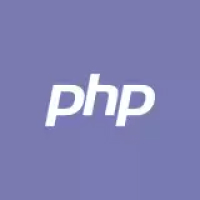
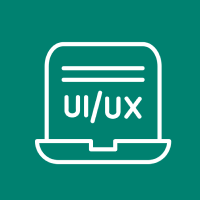
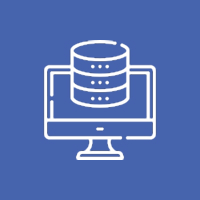
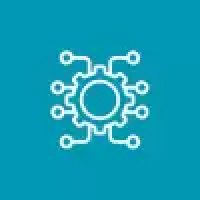



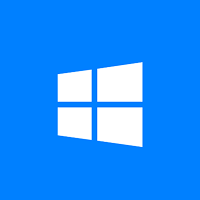
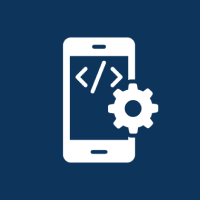
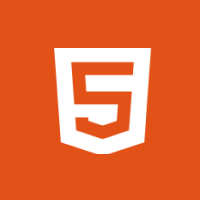


 Database Development
Database Development